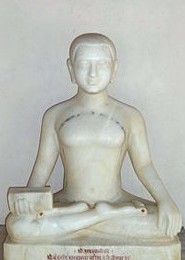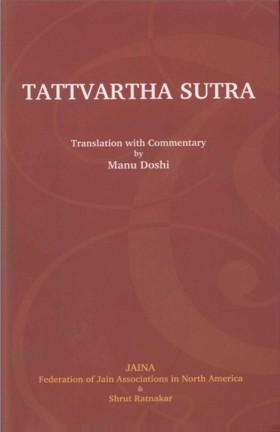05.23 Sparsharasgandhvamavantah Pudgalāh
Audio: Sanskrit: स्पर्शरसगन्धवर्णवन्त: पुद्गला: ।
Hindi: पुद्गल स्पर्श, रस, गन्ध और वर्णवाले होते हैं।
05.24 Shabdabandhsaukshmyasthaulyasansthānbhedtamashchhāyātapodyotvantashcha
Audio: Sanskrit: शब्दबन्धसौक्ष्म्यस्थौल्यसंस्थानभेदतमश्छायाssतपोद्द्योतवन्तश्च ।
Hindi: वे (पुद्गल) शब्द, बन्ध, सूक्ष्मत्व, स्थूलत्व, संस्थान, भेद, अन्धकार, छाया, आतप और उद्योतवाले भी होते है ।
05.23-24
English: Touches are of eight types, hard or soft, heavy or light, hot or cold and viscous or dry. Every Pudgal has four of them. But Paramānu has only two, hot or cold and viscous or dry. Paramānu cannot be heavy or light, nor can it be hard or soft. Tastes are of five types, bitter, pungent, astringent, sour and sweet. Every Pudgal has one of them or a combination of some of them. As regards odor, every Pudgal would either have pleasant or unpleasant odor. Colors are of seven types ranging from violet to red, but Jainism mentions them as five, viz. black, green, red, yellow and white. Every Pudgal has one or a combination of two or more of them.
Moreover, Pudgal has other subsidiary properties like sound, binding, subtlety, grossness, aggregation, division, darkness, shadow, light and glow. Subtlety and grossness are to be understood in relative terms. For instance, wood is subtle as compared to stone, but it is gross as compared to cotton. The difference between light and glow is that the former is warm like sunshine, while the latter is cool like moonlight.
 Acharya Umaswati
Acharya Umaswati
